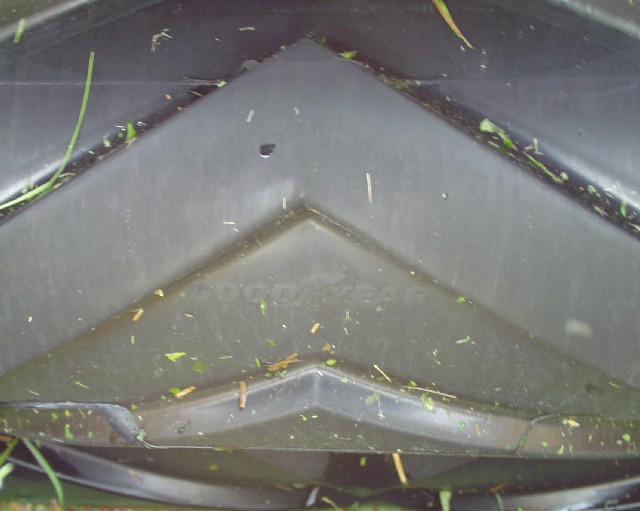
Harvest of cool-season perennial grasses and perennial legumes is beginning. Getting a standing forage crop that measures 75 percent moisture or more to a safe baling moisture of 18 to 20 percent moisture is “easier said than done”.

Harvest of cool-season perennial grasses and perennial legumes is beginning. Getting a standing forage crop that measures 75 percent moisture or more to a safe baling moisture of 18 to 20 percent moisture is “easier said than done”.
On this episode, they discuss last weekend’s heavy rains and the impact it might have on corn and soybeans, when you might start thinking about replant, and how the amount of growing degree days has been lacking to start the season.
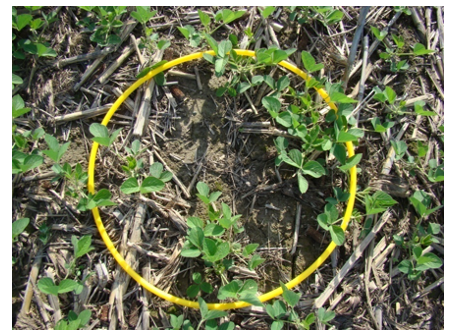
Soybean planting progress was off to a good pace in April with 24% planted by the time we flipped the calendar to May.
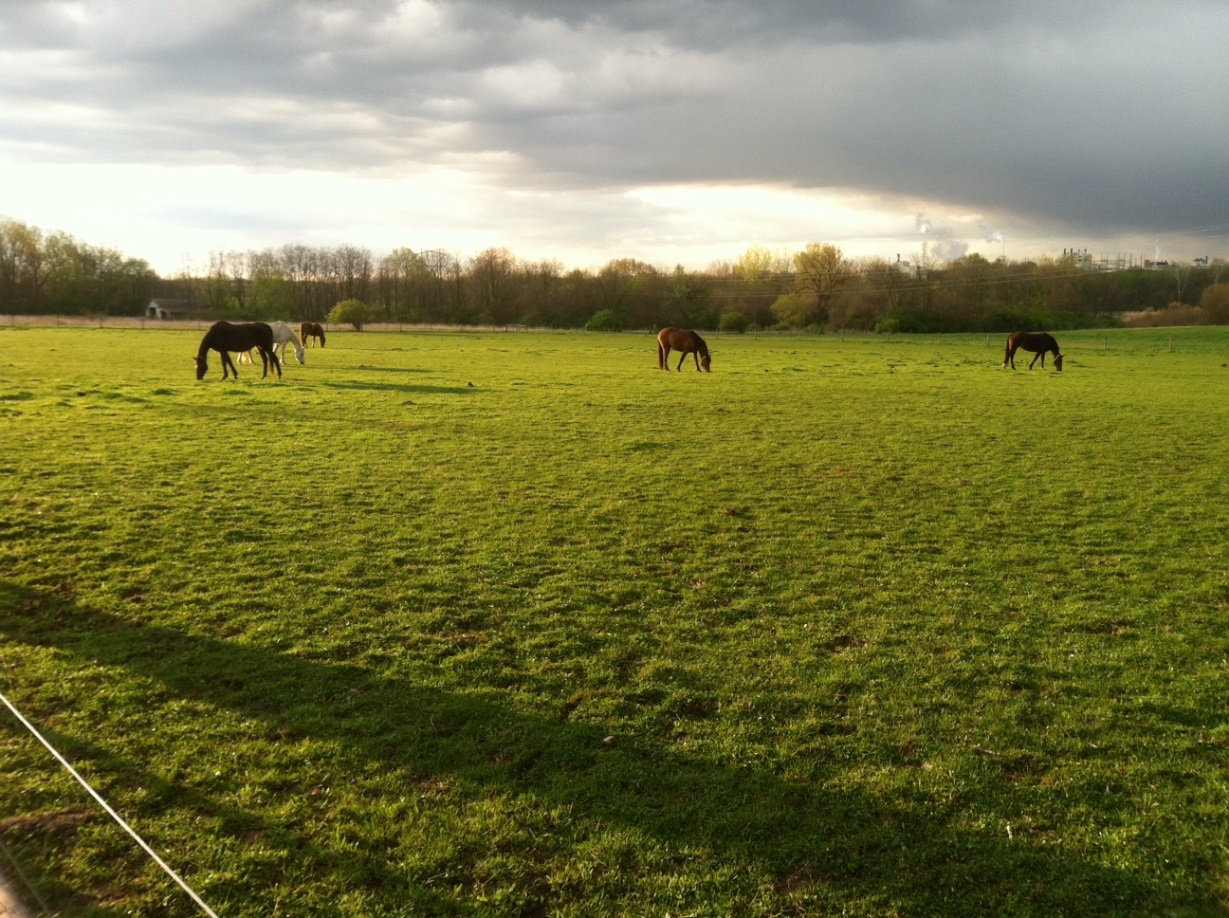
The 2021 grazing season has recently started and hay harvest is going to begin soon.
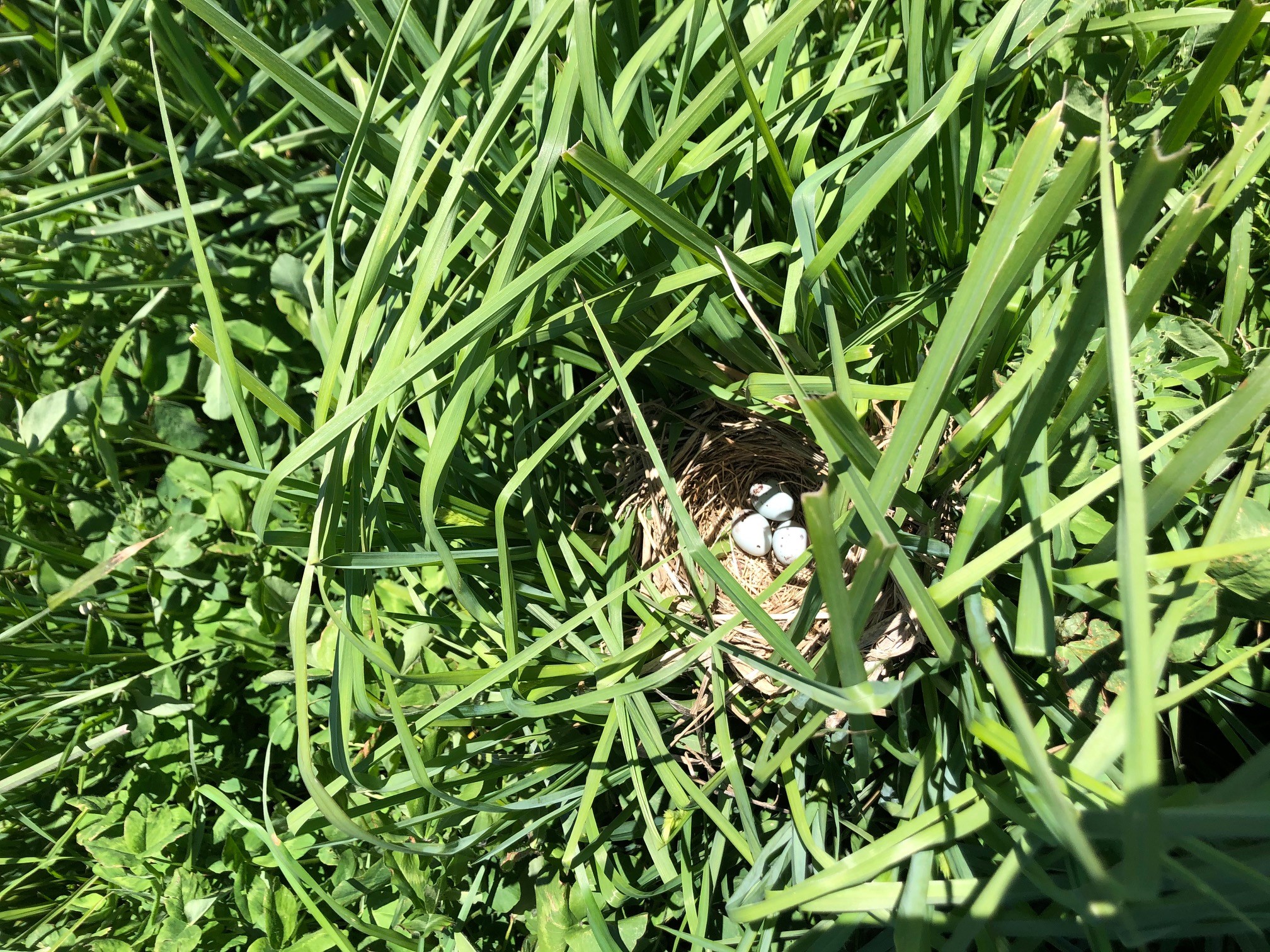
Livestock producers can get first-hand tips from experts on how to incorporate management-intensive grazing techniques during two-day seminars in June that will run in both northern and southern Indiana.
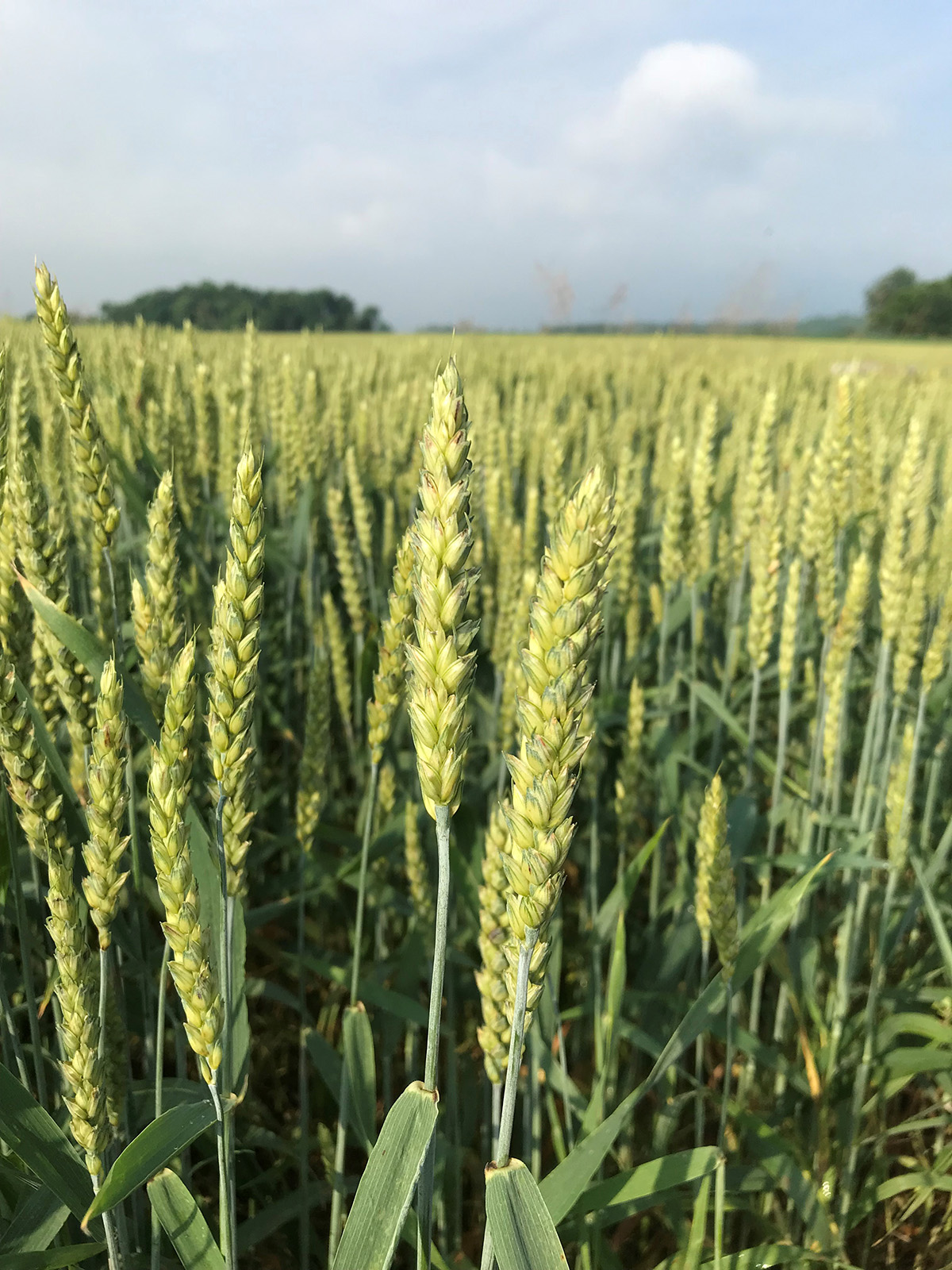
Many ruminant livestock producers have used soft red winter wheat as a forage resource, but many more livestock and row crop producers might want to consider this option, too.
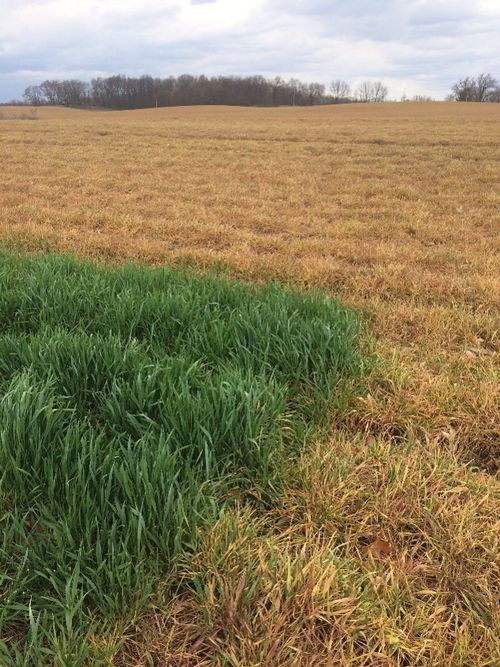
Timing of cover crop termination can have significant benefits in wet and dry springs.
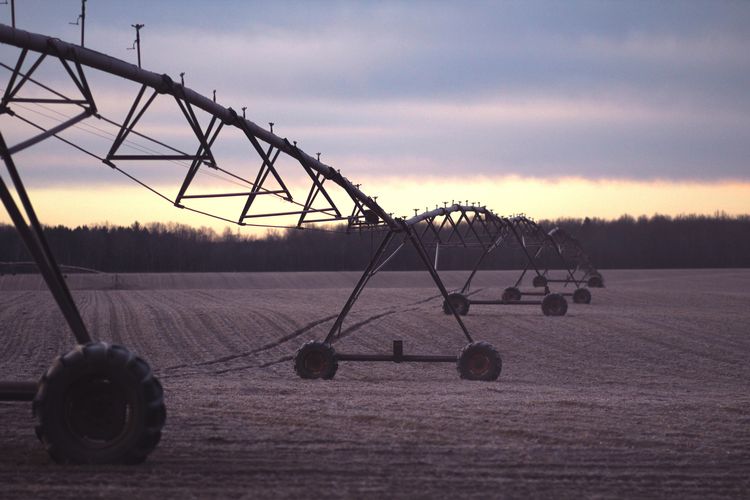
Over the wide variety of planting and soil-applied herbicide situations, most irrigated producers will gain from an early-season irrigation application. The limiting factor is whether the irrigation system is ready to go.
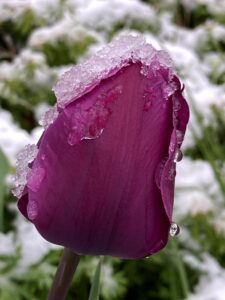
Keith Johnson, Purdue University Extension Forage Specialist, answers questions from the past week about cold temperatures, foxtail, and buttercup
Uniformly adequate soil moisture at seeding depth is important for assuring rapid and uniform germination of a newly planted corn crop.
© 2024 Purdue University | An equal access/equal opportunity university | Copyright Complaints | Maintained by Pest&Crop newsletter
If you have trouble accessing this page because of a disability, please contact Pest&Crop newsletter at luck@purdue.edu.